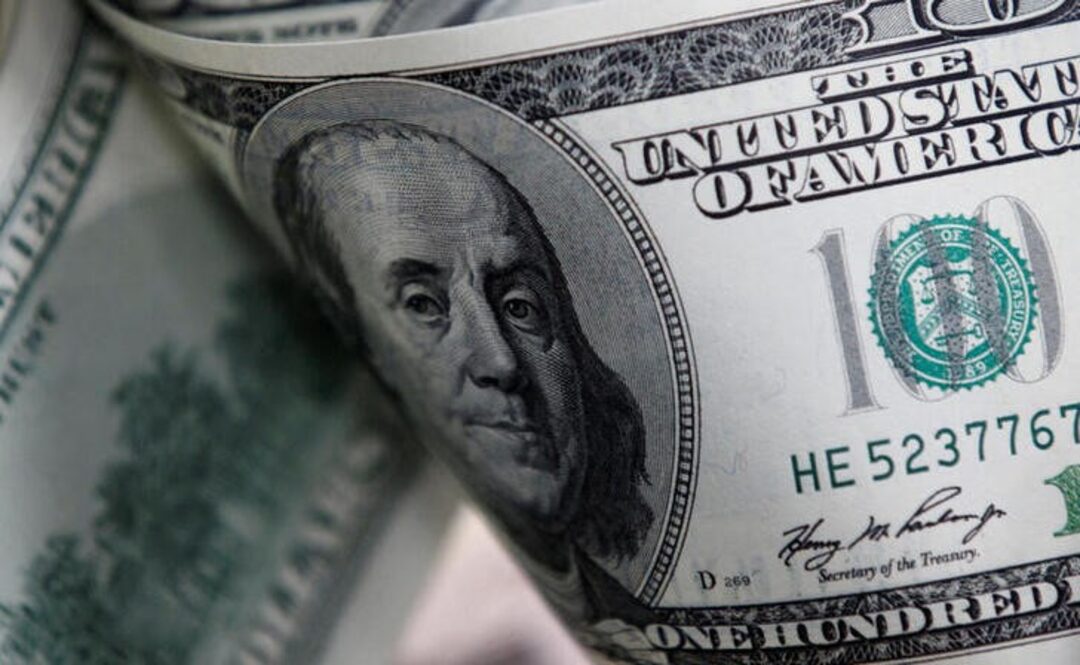In a twist that defies conventional market logic, the U.S. dollar strengthened after a recent report revealed a slowdown in the country’s gross domestic product (GDP). While a weaker GDP would typically put pressure on a nation’s currency, other economic indicators have painted a more optimistic picture of the U.S. economy. As a result, investors remain confident, and the greenback continues to gain ground in global markets.
📉 GDP Growth Slows—But Not the Whole Story
According to the latest data from the U.S. Commerce Department, GDP growth for Q1 2025 came in lower than expected. Analysts had forecast moderate expansion, but the actual figure showed a sharper-than-anticipated slowdown, largely driven by reduced consumer spending and slower business investment.
However, it’s important to note that this single data point doesn’t necessarily reflect a weakening economy overall. Instead, it highlights short-term challenges, such as lingering inflation and cautious corporate spending, which are not uncommon in the current global climate.
📊 Other Reports Signal Economic Resilience
In contrast to the disappointing GDP data, several key economic indicators released around the same time tell a different story—one of underlying strength and stability:
- Job Market: Unemployment remains at a near-historic low, with steady job creation across multiple sectors.
- Consumer Confidence: Surveys show that American consumers still feel optimistic about their financial prospects.
- Business Activity: The ISM manufacturing and services indices indicate modest but consistent growth.
These factors have reassured investors that the U.S. economy, while not booming, is far from stagnating.
💹 Why the US Dollar Is Gaining Strength
So, why did the dollar rise despite the weaker GDP report? Several reasons explain the currency’s upward momentum:
- Relative Strength: Compared to other major economies—many of which are grappling with deeper slowdowns—the U.S. still looks comparatively strong.
- Interest Rate Expectations: The Federal Reserve has signaled a cautious approach to interest rate cuts. Higher-for-longer interest rates tend to support the dollar.
- Safe-Haven Demand: In times of uncertainty, investors often flock to the U.S. dollar as a safe haven, especially when other regions (like Europe and China) show signs of instability.
Together, these elements have pushed the dollar higher, particularly against currencies like the euro, yen, and pound.
🧭 What It Means for Investors and Consumers
For international investors, a stronger dollar can impact global portfolio performance, especially those holding non-dollar assets. Meanwhile, American consumers may benefit from cheaper imports, as a rising dollar increases purchasing power abroad.
On the flip side, U.S. exporters could feel some pressure, as a more expensive dollar makes American goods costlier on global markets.
📌 Final Thoughts: The Dollar Marches On
Despite a weaker GDP figure, the U.S. economy continues to show remarkable resilience. The dollar’s strength in this context reflects global investor confidence and America’s relative economic advantage. As long as key fundamentals remain intact—low unemployment, healthy consumer spending, and stable inflation—the greenback may continue to defy expectations.








